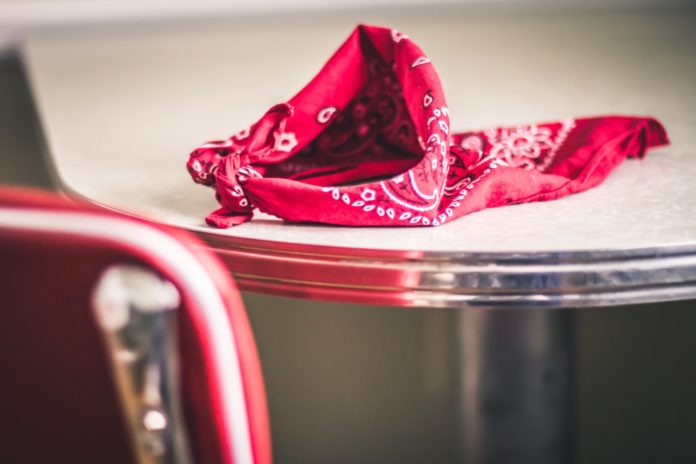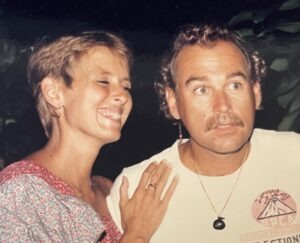“What would you do in the last hour of your life? Where would you be? Who would remember it?”
I’ll be honest: My memory of 9/11, the day itself, is foggy at best. I was in fourth grade at the time, and what I remember most other than the utter disbelief was my mom telling my sister and I how much she loved her “babies” when we got home from school.
As I got older, there were so many paths to take as we remembered 9/11. The memories of the innocent lives lost in the towers. The heroism of the first responders, some of whom gave their lives so that others survived that day. The need to recognize those affected by the war ignited when planes struck the Twin Towers. The sense of unity felt throughout the country on Sept. 12. All of it deserves proper remembrance.
But one account in particular has always stuck with me: the story of Welles Crowther, a.k.a. The Man in the Red Bandana. A simple YouTube search for the phrase will pull up some of the most somber, yet hauntingly beautiful and inspirational videos on the internet, one of which I religiously re-post on social media on the anniversary of 9/11. I dare you to watch it without shedding a tear.
For those unfamiliar with the story – though this short summary doesn’t do it justice – Welles was a Boston College lacrosse player and volunteer firefighter who eventually went to work as an equities trader in the World Trade Center. Crowther was known for the red bandana he wore under his sports jerseys, a signature flourish given to him by his father at the age of 6.
After United Airlines Flight 175 struck the South Tower, Crowther eventually made his way to the sky lobby on the 78th floor, where he found a group of survivors. Carrying one woman on his back, he funneled them to the only working stairway, leading them down 17 floors to safety. At that point, Welles had certainly done more than enough.
He went back up.
Finding another group of survivors, Crowther put out fires and gave first aid before leading the second group downstairs. At this point, he was already a hero.
But he went back up.
Crowther was last seen with members of the New York City Fire Department just before the South Tower collapsed at 9:59 a.m.
Welles’ parents had no idea about the final minutes of their son’s life until survivor Judy Wein’s firsthand account in the New York Times described being saved by a man in a red bandana. According to survivor accounts, as many as 20 people survived the attack because of Welles.
After his death, a mostly completed FDNY application was discovered in his home. As Crowther’s father Jefferson said in an ESPN documentary remembering his son, Welles’ bandana instantly became “a symbol of absolutely the most pure form of compassion and love.”
As a student in Boston just a few subway stops from Welles’ college when I first heard the story, his sacrifice is always the first thing I think of when I hear about one of America’s darkest days. Every year, BC’s Red Bandana Run honors his memory in one of the college’s proudest traditions.
For those who know the story – including, now, our readers – let this day be a reminder of that pure form of compassion. As always, let us remember and honor those affected by the tragedy of 9/11 and the world events it ignited. But above all, may it remind us of the beauty in putting others’ needs ahead of our own at the times when it is most difficult to do so. May we always have the compassion to do what is best for them, even if we ourselves may suffer.
May we always have the courage to turn around and go back up.

















